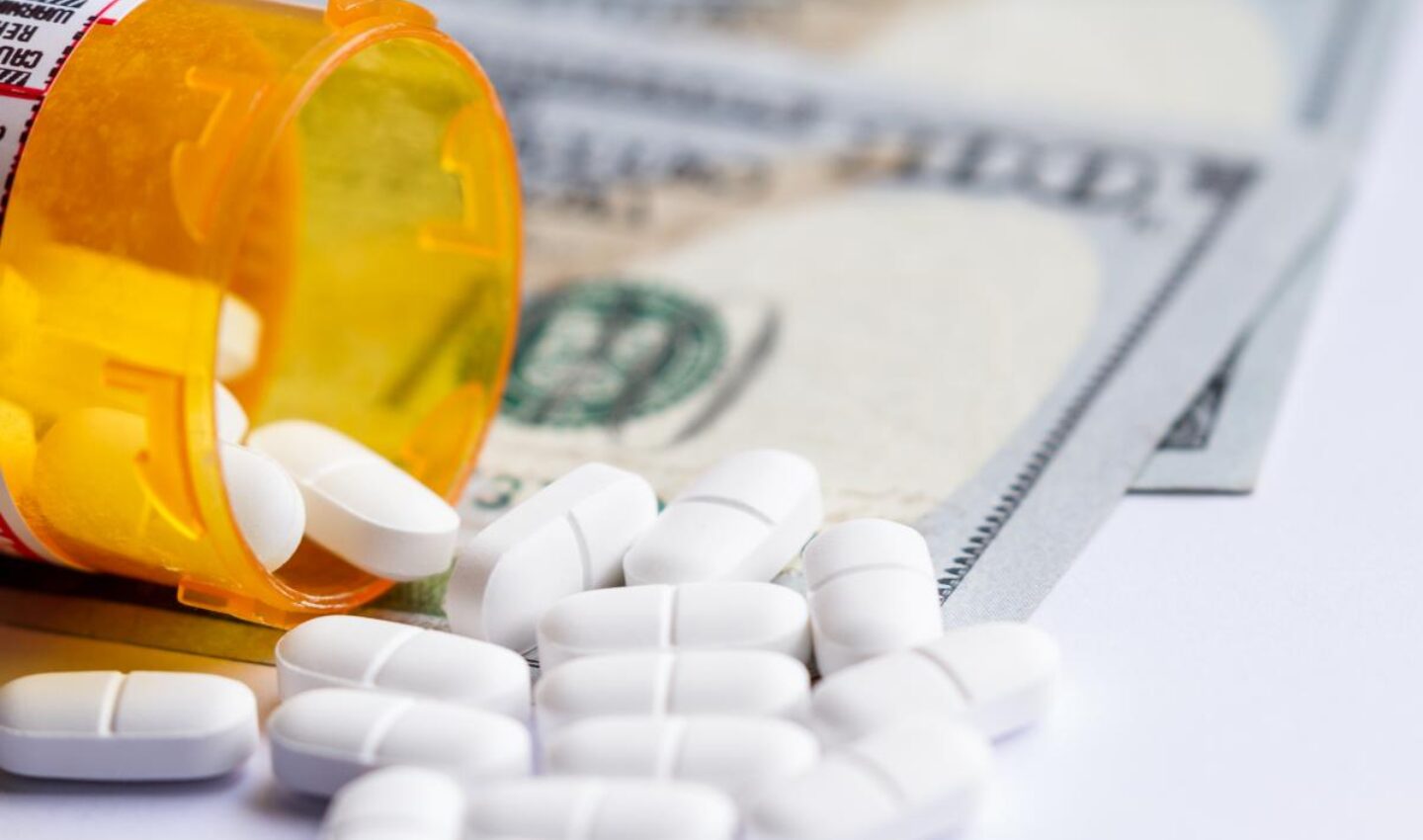The final strategy recommended in American Patients First: The Trump Administration Blueprint to Lower Drug Prices and Reduce Out-of-Pocket Costs is lowering out-of-pocket costs for consumers. Key elements highlighted for immediate action include prohibiting gag clauses that prevent pharmacists from telling patients when not using insurance would be less expensive, and increasing drug price transparency for the consumer.
There has already been significant movement at both the state and federal level to address the issue of gag clauses. Legislation is focused on prohibiting pharmacy benefit managers (PBMs) and health plans from preventing pharmacists from disclosing a drug may cost less if the patient does not use insurance. For example, a customer using insurance to fill a prescription for cholesterol lowering medication may have a $20 copay, while a customer paying cash would only pay $10. A pharmacist may be penalized by the PBM (up to and including exclusion from their network) if she discloses this discrepancy. According to the National Conference of State Legislatures, of the 41 states that were considering legislation to prohibit gag clauses, 28 have enacted laws as of December 2018, with over half enacted since March. Of note, Massachusetts is one of seven states listed with no specific activity for anti-gag clause legislation.1
At the federal level, two bipartisan bills that prohibit gag-clauses for Medicare Advantage and Part D plans (Know the Lowest Price Act) and for group health plans or health insurance issuers (Patient Right to Know Drug Prices Act) were signed into law on October 10, 2018.2,3,4
While prohibiting gag clauses will allow the customer to be better informed about lower cost options, it may adversely impact their overall health care expenses. If the customer does not use his insurance for copays, his payment is not put towards his deductible. In addition, the difference in the copay and cash amount usually goes back to the PBM as profit. A reduction in this profit may lead to PBMs increasing premiums to make up for this loss.
Another focus for Health and Human Services to lower out-of-pocket cost has been over-the-counter (OTC) drugs. The Food and Drug Administration (FDA) is looking for ways to improve access to OTC medications which may offer lower cost options to treat or manage conditions. In order to accomplish this, the FDA has put forth solutions, such as improved technology and new approaches to conveying product information to assist patients in safely and accurately self-medicating. However, the standards to demonstrate the appropriateness of a medication for consumer use without the guidance of a health professional will remain high. Draft guidance has been issued and proposed rulemaking will provide additional information in the future.5
Typically, there is more competition for OTC medications as stores will have their own generic version in addition to the brand name product. The increase in drugs available as OTC has the potential to have a high impact on the agent’s price. However, even with the novel approaches the FDA has suggested, the impacts on patient safety will ultimately limit the drugs for which an OTC option would be appropriate.
1http://www.ncsl.org/research/health/pbm-state-legislation.aspx
2https://www.congress.gov/bill/115th-congress/senate-bill/2553/actions
3https://www.congress.gov/bill/115th-congress/senate-bill/2554/actions
5https://www.fda.gov/NewsEvents/Newsroom/PressAnnouncements/ucm613692.htm


